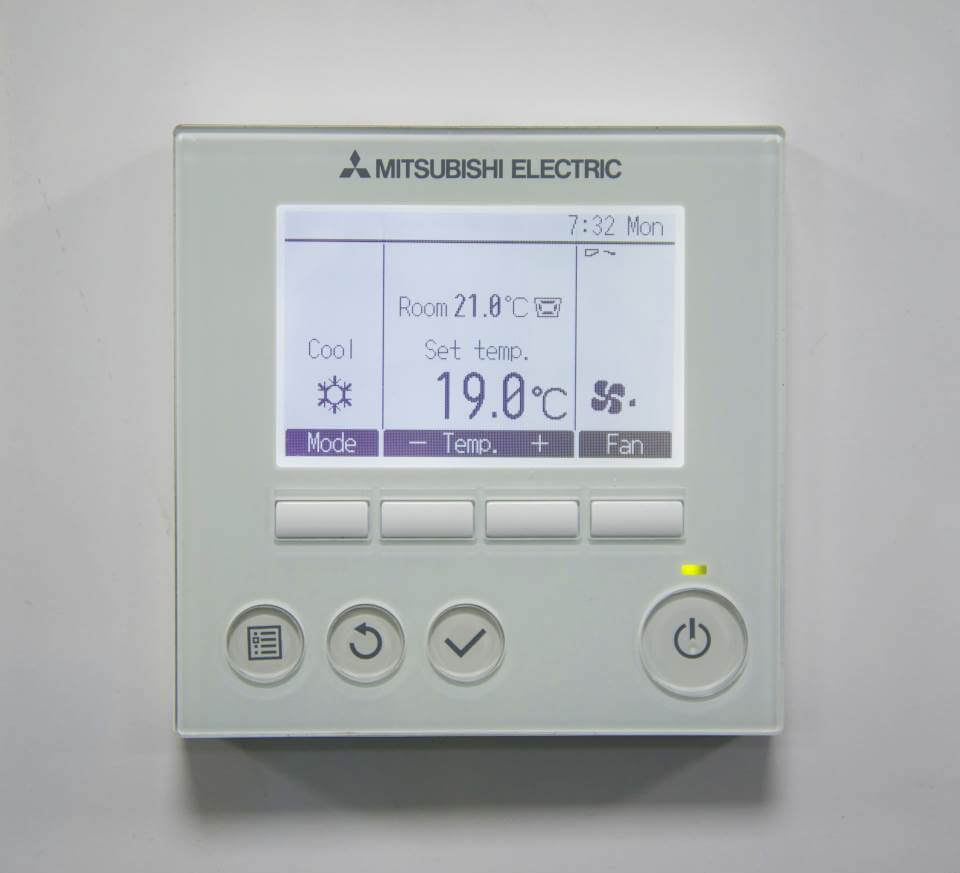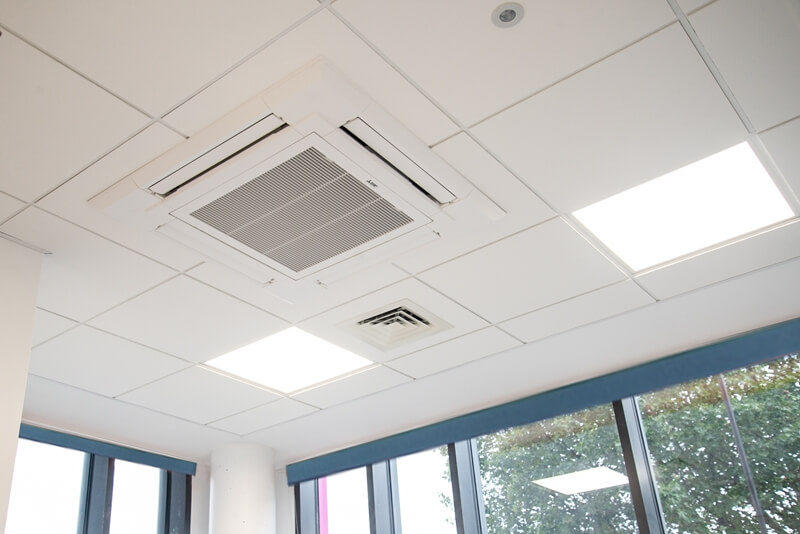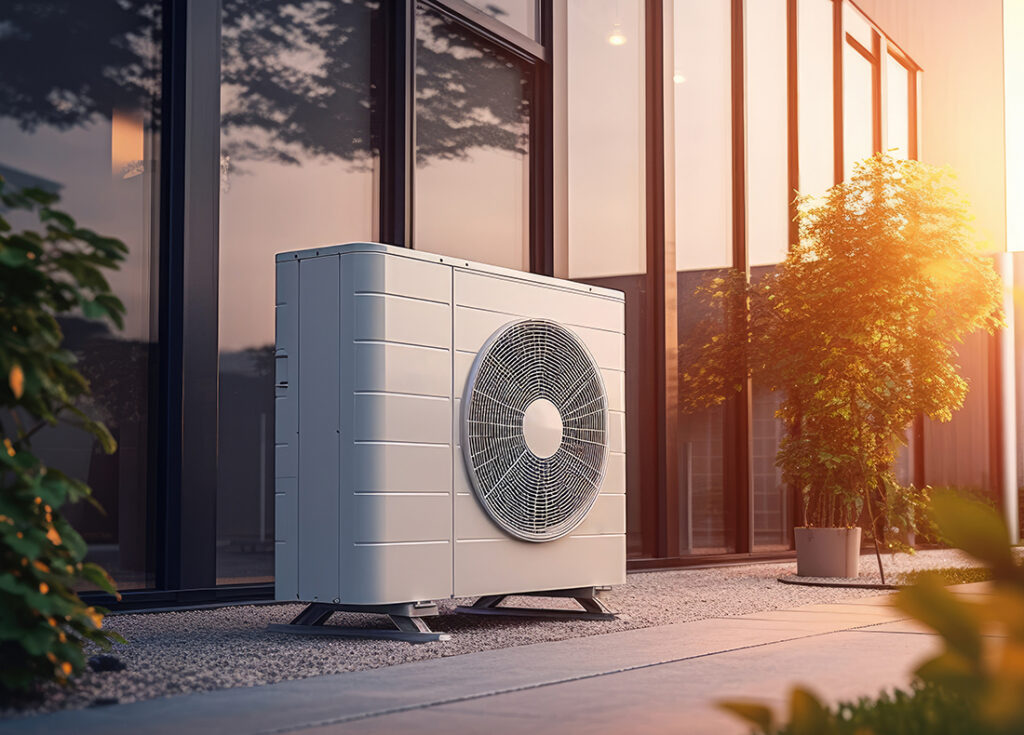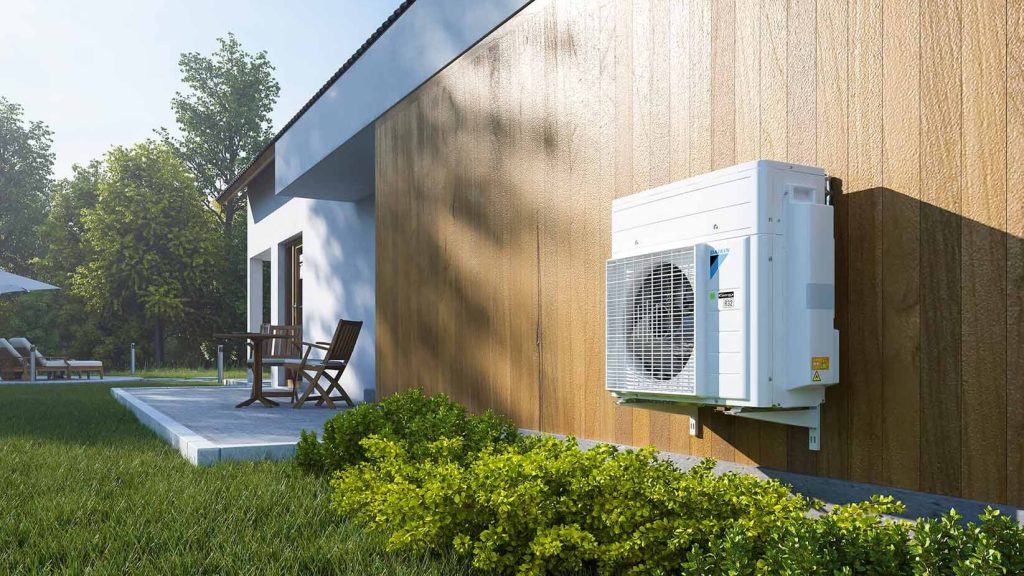Air Conditioning Services Kent and London
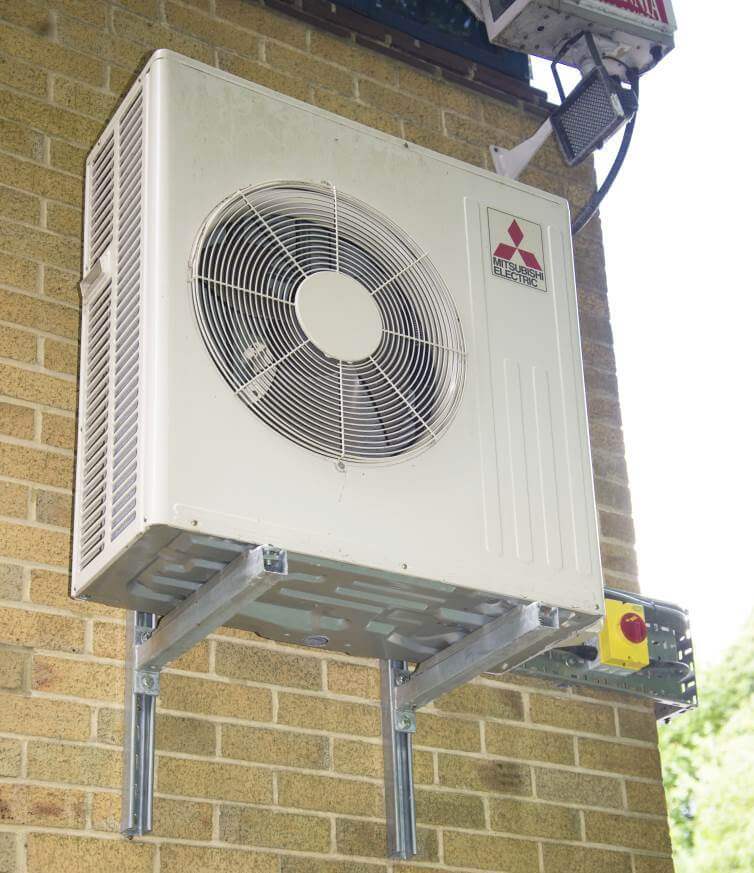
Estimated reading time 6 minutes
Synecore are experts in commercial air conditioning (often referred to as AC, A/C, or air con) and Heating, Ventilation, and Air Conditioning (HVAC) systems.
You can be assured that when it comes to the design, installation and maintenance of your AC across Kent and London that you are dealing with professionals who have industry specific knowledge and expertise.
For each project that we carry out we work closely with our customers to fully understand their unique requirements and to design an air conditioning system that works for their business while being environmentally friendly and energy efficient which helps to keep costs down.
If you’ve worked with Synecore before you’ll already know much of what you’ve read above. If you’re new to Synecore hopefully you’ll get a feel for the type of company we are and want to work with us. However what you may not know is the history behind air conditioning and how it works.
Why We Need Air Conditioning
The air conditioner is one of the most important inventions of modern times. Air conditioning is the process whereby heat and moisture are extracted / removed from an area or space. An air conditioner is employed to either achieve a comfortable environment for the occupants e.g. a room or a building may be too hot or too cold depending on the temperatures outside including offices, restaurants, schools etc.; or it can be used in situations which require cooler temperatures and controlled humidity e.g. in companies that have web hosting servers which produce a great deal of heat.
How Does It Work?
Air Conditioning and refrigeration work in much the same way. The difference between the two is refrigeration cools a small space and air conditioning maintains a set temperature (either warm or cold) depending on the requirement.
The process of air conditioning is based on a simple but clever scientific principle. When a liquid changes to a gas (a process called phase conversion), it results in the absorption of heat. AC uses this principle by pumping chemical compounds or ‘refrigerants’ through the system (the compressor) and forcing the refrigerant (that have properties enabling them to change at relatively low temperatures) to evaporate and condense again and again (the condenser) in a closed system of coils (the evaporator). These refrigerants then transfer the heat from the air inside to the outside air, ensuring that the room or building under AC control is maintained at a steady temperature. The refrigerant then flows back to the compressor where the cycle starts over again.
History of Air Conditioning
As with any other invention or process air conditioning has evolved over time to be an efficient, effective way of maintaining a contact temperature. So how did air conditioning evolve?
Cooling By Evaporation
We can trace the history of air conditioning back as far as prehistoric times when snow and ice were used for cooling.
In ancient Egyptian times wet reeds were hung in windows. As the water on the reeds evaporated the air blowing through the window was cooled providing the interior with a cooler, more comfortable temperature.
In the 2nd century a Chinese engineer is believed to invented a rotary fan for air conditioning and in 747 Emperor Xuanzong had a cool hall built which is described as having water-powered fans.
In the 17th century Dutch inventor Cornelis Drebbel used salt in water to provide an early version of AC for James I of England.
In 1758 Benjamin Franklin and John Handley conducted an experiment which showed that the evaporation of highly volatile liquids e.g. alcohol or ether could be used to freeze an object.
In 1820 the scientists and inventor Michael Faraday discovered that compressing and liquefying ammonia could chill air when the liquefied ammonia was allowed to evaporate.
In 1841 the physician John Gorrie used compressor technology to make ice, which he then used to cool the air in his hospital in an attempt to cure Yellow Fever during an outbreak in Apalachicola. Gorrie was convinced that cold could help healing and advocated the use of ice to cool sickrooms and reduce fever.
Gorrie is cited as the first person to envisage the use of this idea to regulate the temperature in rooms and buildings. He is said to have even thought about how this could be used to benefit entire cities. Although Gorrie’s prototype was not entirely successful in that it leaked and didn’t always work consistently he was granted a patent for his ice-making machine in 1851. Unfortunately Gorrie died in 1855 having never realised his idea of “common place air conditioning”.
Mechanical Refrigeration / Air Conditioning
James Harrison, a newspaper printer, journalist, politician was also a pioneer in the field of mechanical refrigeration. His first mechanical ice-making machine was ready to be used in 1851. His first commercial ice-making machine was unwrapped in 1853 and a patent for the system was granted in 1855.
The system used a compressor to force refrigerant gas through a condenser where it cooled and liquefied. The liquefied gas was then circulated through the refrigeration coils and vapourised again resulting in the cooling of the surrounding system. Harrison’s machine produced 6,600 lb of ice per day.
Electrical Air Conditioning
The first large scale, electrical, modern electrical air conditioning unit was invented in 1902, by Willis Carrier (also known as the father of the modern air conditioner), due to advances in chemistry.
Part of Carrier’s job was to solve a humidity problem that was plaguing the Sackett-Wilhelms Lithographing and Publishing Company. Carrier went onto design a system that not only controlled temperature which in turn made the humidity in the room controllable. This was achieved by using cooling coils (filled with cold water) which could humidify or dehumidify air.
In 1922 Carrier invented the centrifugal chiller, which used a central compressor which in turn allowed him to reduce the size of the unit. This new AC was installed and used in the Rivoli theatre in Times Square in 1925. Carrier very quickly realised his invention could be used across many different industries.
In 1933, the Carrier Air Conditioning Company of America built a ventilation system which used a belt-driven consolidating unit, blower, mechanical controls and an evaporator loop.
Today’s air conditioning systems work on the same/similar science to Carrier’s 1933 framework.
Why Choose Synecore?
Synecore are professionals in air conditioning and HVAC systems. We fully understand the importance of air conditioning to your business and your customers.
Our specific industry knowledge allows us to tackle any job no matter the complexity. We will take you from initial inquiry through to the design of your system, the project management of the job and the commissioning and training of your staff.
We only supply the top of the range air conditioning brand names e.g. Daikin, Toshiba and Mitsubishi Electric to office developments, hotels, restaurants, retail and large commercial premises for clients across Kent, London and the UK.
We also provide a Planned Preventative Maintenance (PPM) service to ensure your air conditioning continues to perform efficiently over time.
Contact our team or call us on 01795 509 509 for air conditioning Kent or London.
